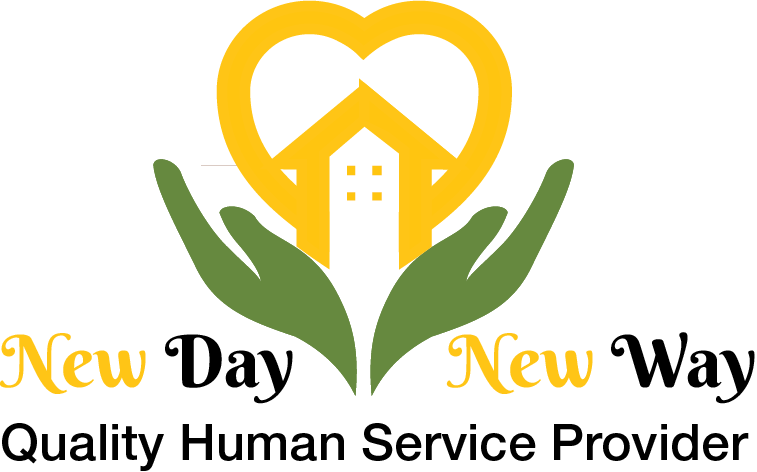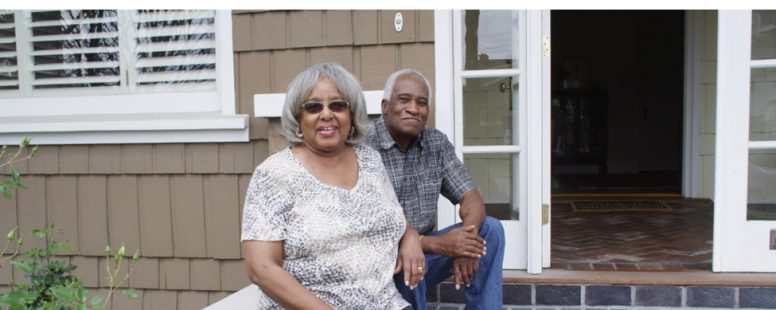Effects of Food Deserts on Seniors
Seniors who live in food deserts may need extra help getting healthy food. Food deserts are areas where people have limited or no access to healthy food. Poor transportation, high costs of healthy food, and limited access to healthy options are the most significant contributors.
The realities of food insecurity
Currently, 1 in every 2 older adults is at risk of malnutrition. Food insecurity affects millions of people worldwide. In the US alone, an estimated 39 million persons live in food deserts, including 5 million elderly. Among the 65+ population that lives alone, at least 8.9% were food insecure, and 3.4% struggled with very low food security.
Food insecurity: A lack of consistent access to enough food for every household member.
Low food security: A reduced diet quality, variety, and or desirability.
Very low food security: Disrupted eating patterns and reduced food intake.
Seniors are also more likely to be on a fixed income, which means they may not have the money to buy food from stores farther away. Seniors may also have mobility issues that make it difficult to get around or leave their homes. Some seniors have health problems that affect their ability to prepare meals for themselves, sometimes making it hard for them to leave their homes.
Effects of food deserts on seniors
Besides the mental health consequences of not having steady and confident access to healthy food, food deserts have a direct impact on senior’s health:
- 13.3% have low iron
- 9.7% experience calcium deficiency
- 9.2% have protein deficiencies
- 74% have diabetes
- 262% struggle with depression
- 71% have congestive heart failure
- 78% struggle with asthma
Senior adults with two or more chronic conditions are three times more likely to become food insecure. This translates into cost-related medication nonadherence – taking less medication than prescribed to reduce costs. These seniors are almost twice as likely to report food insecurities.
How can we help?
While addressing food insecurities among the senior population is a matter of policy change. Friends and family of senior adults can help. Here are some ways to help:
- Talk to your loved ones about what they like and don’t like. This is a good place to start when finding a grocery store that will work for them.
- Look for stores with reasonable prices. But also try to find one with various foods available (including fresh produce).
- Choose an easy-to-access location that’s convenient for your loved one. Consider paying for a ride-share to take them to and from the grocery store.
- Order groceries for them. Tap into the power of home deliveries and delivery services to send your loved one healthy meals and fresh produce.
If you or someone you love is struggling with a food desert, take action by contacting your local government officials and asking them what they are doing to address the issue. Also, consider volunteering with organizations like Feeding America or Meals on Wheels to help those in your community.
– Written by Gerladine Orentas in partnership with table base supplier TableBases.com

